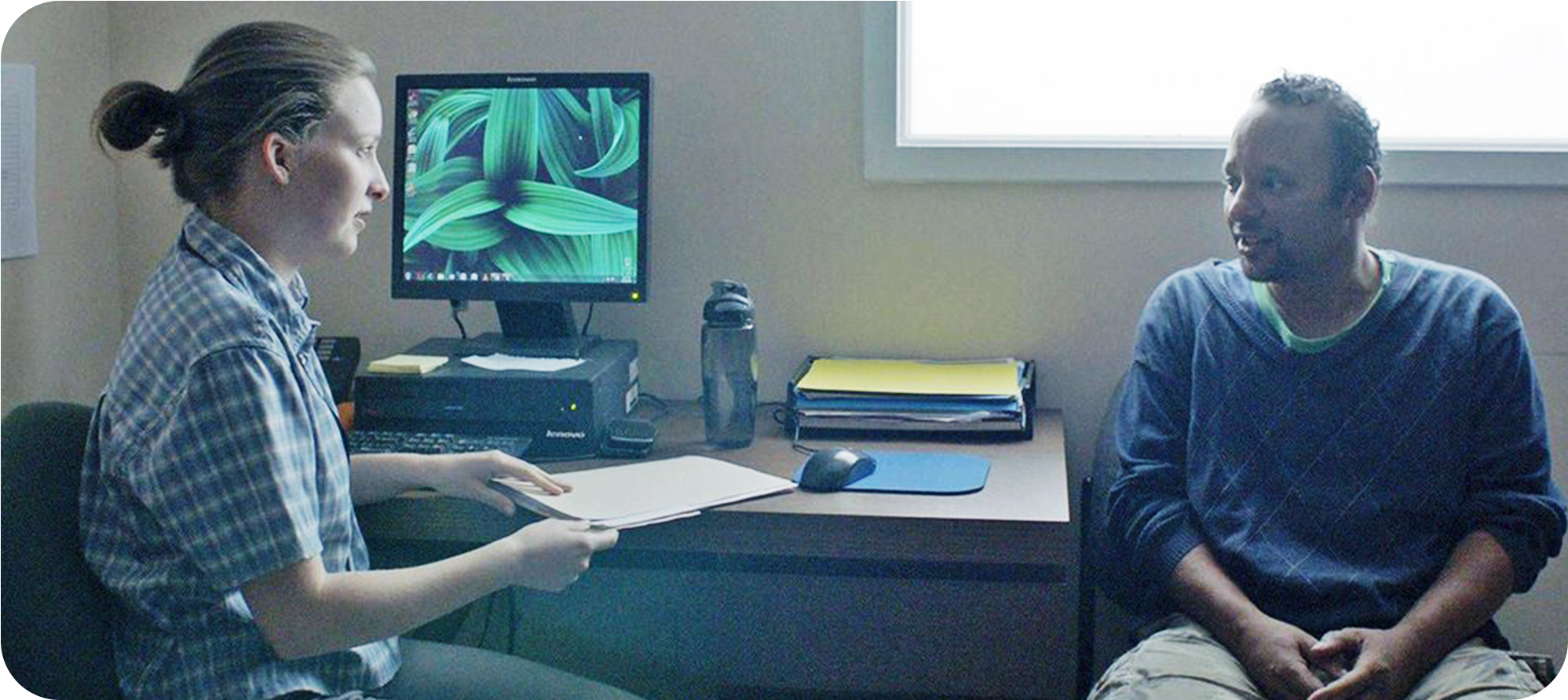The cinematography in prestige TV shows has a long history of attracting superlatives like “visually stunning”, and to be frank, a lot of the time that claim is bunk. Still, it’s not healthy to dismiss praise like that out of hand every time without deeper thought, so sometimes I’ll test those claims by choosing a simple scene from a show that represents something like a dramatic median, watching it, and deconstructing it. Besides this being a healthy exercise for anyone who loves the cinema, it can yield surprising results that overturn first impressions. Today I thought I’d share that process and apply it to a scene from “The Bells”, the latest (and penultimate) episode of Game of Thrones, a series that has garnered praise from mainstream critics for its craft, even as those same critics have roundly turned against the writing in the last few episodes.
Read MoreNotes on John Wick (2014)
I can no longer ignore these. Wick, like a lot of action movies that boast technically astonishing fight choreography, is directed by two veterans of stuntwork, Chad Stahelski and David Leitch; the question with auteurs who come into the genre from this direction is whether they are only interested in feature length technical expressions of the craft they practiced outside the director's chair, or whether they're interested in dramatic modulation emotionally resonant aesthetic choices, technique that expresses more than technical strength.
Read More“The Other Side of the Wind”: The Absence of Orson Welles
Several months later, the layers of meta-meaning in Welles’s swan-song continue to play out across a long moebius strip in my mind, and each new circuit around the loop reveals something I’d missed on the last go-round.
Read MoreBlue Mornings, Hidden Gazes: on queerness in "Liz and the Blue Bird" and "Kase-san and the Morning Glories"
Two anime films that are kindred in their approaches to high school girls discovering their queerness, despite the chasmic differences of style and tone between them.
Read MoreVIFF 2017: Wonderstruck
There are many reasons why Wonderstruck fails so disastrously, why it is by a wide margin Todd Haynes’s worst film to date and an eye-popping come-down from his widely-beloved Carol, but the most important reason presents itself fairly early.
Read MoreStronger (2017) — Stronger Things Have Happened
Stronger feels, in most every respect, like a film that overlays the known facts of Jeff Bauman’s trauma and recovery on top of a conventionally satisfying dramatic structure.
Read MoreVIFF 2017: The Killing of a Sacred Deer
I can’t remember the last time I saw a film that presented a fairly straightforward, coherent narrative that was so unswervingly and gleefully willing to break rules of craft as The Killing of a Sacred Deer.
Read MoreVIFF 2017: Never Steady, Never Still
A film that radiates compassion and nuance in every moment it spends with its Parkinson’s-afflicted mother Judy (Shirley Henderson), even as the means of telling the story can waver in effectiveness.
Read MoreVIFF 2017: Fail to Appear
The camera of Antoine Bourges’s freshman feature Fail to Appear observes offices and coutroom halls and plain-walled living rooms and the people inside them patiently, dispassionately, gently.
Read MoreDunkirk (2017) — Rhythm and Blues and Oranges
If you were to concoct a movie concept for Christopher Nolan to direct that would play to his strengths and mitigate his weaknesses, you could certainly do far worse than Dunkirk.
Read More








